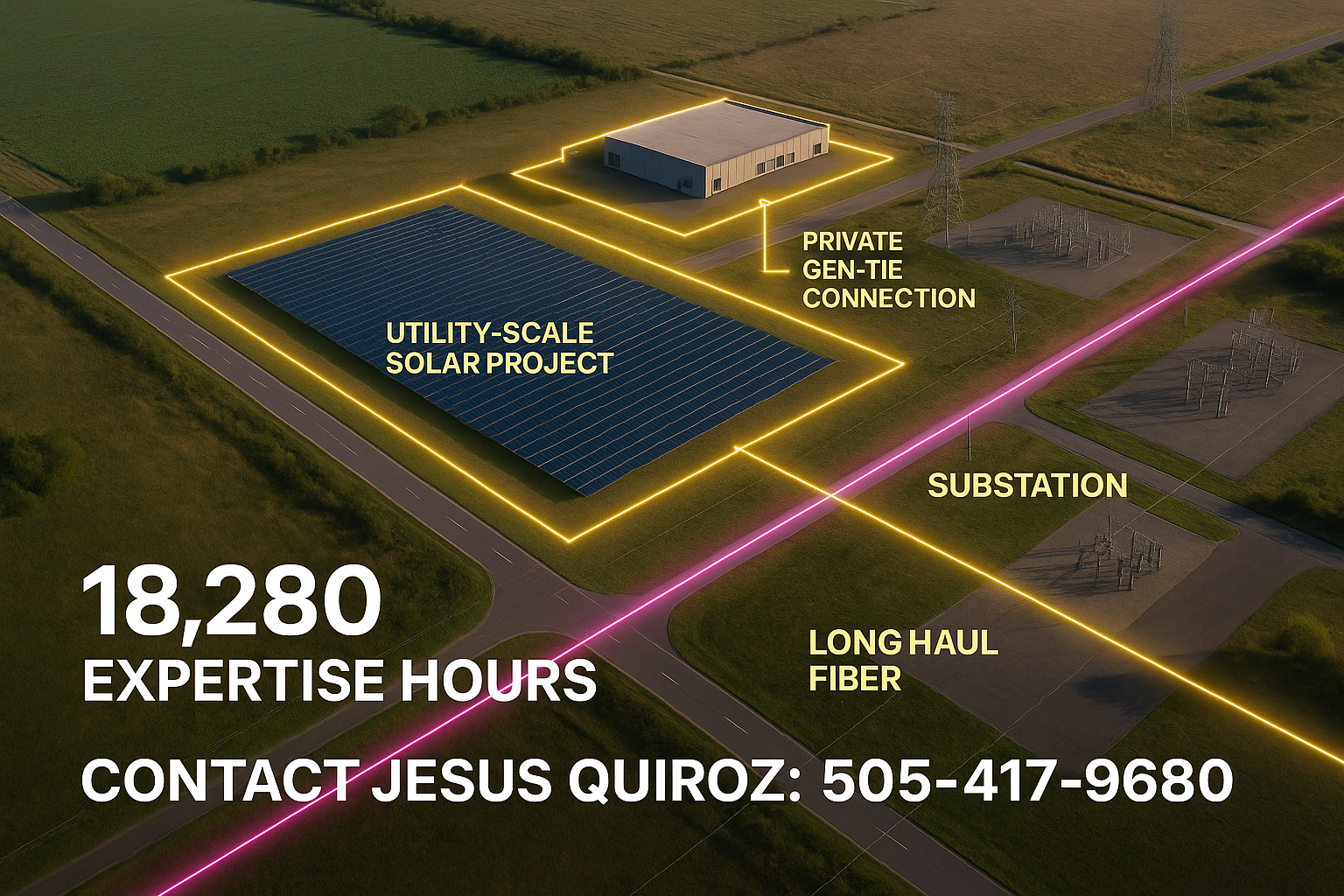Selling Your Land for Solar or Utility Projects: What You Need to Know
A large solar farm installed on open land, turning sunshine into clean power. Landowners can sell or lease land for such utility projects.
Thinking of selling your land for a solar farm or utility project? It’s important to know the facts. Landowners usually have two options: sell the land outright or lease it for a project. Selling means you get a one-time payment and the company owns the land. Leasing means you keep ownership and get regular rent payments for 20 to 30 years. For example, leasing provides a steady income over decades while you still hold the title. Selling gives you money up front, but you give up future earnings.
Why consider leasing? A solar or utility lease often pays more per year than farming in many areas. One farm survey found 69% of farmers were offered over $1,000 per acre per year to lease land for solar, with some offered over $1,500. This far exceeds typical crop land rents. Leases are long-term (commonly 20–25 years), but they create reliable income that doesn’t depend on crop prices or weather. If your land is just sitting idle, a solar lease can turn it into steady money for your family for decades.
Why consider selling? Some companies prefer to buy land for a new power station or substation. Selling might make sense if you want cash now or no longer wish to manage the property. But remember: once you sell, the land and any future value belong to the company. You won’t earn anything further if the project makes big profits. Leasing lets you share in the project’s success over time.
Tip: Before you decide, research the solar or utility developer. Check how long they’ve been in business and their reputation. A reputable company gives more certainty that you’ll receive all payments agreed. Also, consult a professional (like a land agent or attorney) to understand tax impacts and contract details. Selling might trigger capital gains taxes. Leasing might affect your property tax or farm exemption status. Always get clarity on these issues in writing.
In summary, selling your land for a solar or utility project brings a quick payoff, while leasing your land creates a long-term income stream. The best choice depends on your financial needs and future plans. Many landowners find that leasing provides the best of both worlds, you keep your land for the future and earn money now. Whatever you choose, make sure the agreement is fair and backed by facts. Feel free to reach out to us for guidance on evaluating offers, we’re here to help landowners make the best decision.
If you’re considering selling or leasing your land for a solar farm or utility project, contact us for a free consultation. We’ll help you understand your options and connect you with trusted developers so you can move forward with confidence.
